Horseface Loach - Acanthopsoides molobrion
Scientific name: Acanthopsoides molobrion
Common name: Horseface Loach
Family: Cobitidae
Usual size in fish tanks: 4 - 5 cm (1.57 - 1.97 inch)
014
Recommended pH range: 6 - 7.5
Recommended water hardness: 4 - 12°N (71.43 - 214.29ppm)
0°C 32°F30°C 86°F
Recommended temperature range: 22 - 28 °C (71.6 - 82.4°F)
The way how these fish reproduce: Spawning
Where the species comes from: South Asia
Temperament to its own species: peaceful
Temperament toward other fish species: peaceful
Usual place in the tank: Bottom levels
Food and Feeding
The Horseface Loach is quite adaptable when it comes to diet and will accept a variety of foods including high-quality flake foods and granules. However, to ensure optimal health and vibrancy, it is recommended to include occasional treats such as tubifex worms, which they particularly enjoy. Additionally, offering live or frozen foods like bloodworms and brine shrimp can further enhance their diet and provide enrichment.
Origin
Horseface Loaches are native to Southeast Asia, specifically found in river basins ranging from India to Indonesia. They inhabit slow-moving rivers and streams, where they can often be found burrowing into the soft riverbed substrate.
Sexing
Currently, there are no reliable visual or physical differences between male and female Horseface Loaches. Determining their sex accurately remains challenging and generally requires specialized breeding techniques or observation of their breeding behavior.
Breeding
As of now, successful breeding of Horseface Loaches in captivity has not been documented. Breeding these fish in an aquarium setting presents challenges, and no specific methods or conditions have been established to encourage spawning. Enthusiasts should monitor for any potential breakthroughs in breeding practices or research developments in the future.
Lifespan
With proper care and suitable conditions, Horseface Loaches can live up to 5 years. Ensuring a stable environment, appropriate water parameters, and a balanced diet will contribute to their longevity and overall well-being.
Short Description
The Horseface Loach is a nocturnal fish with a distinctive appearance and behavior. During daylight hours, it prefers to remain partially buried in the substrate, emerging at night to search for food. These loaches thrive in low-light conditions, so adding floating plants to the aquarium is beneficial. With a maximum size of up to 5 cm, they are suitable for medium-sized tanks. It’s advisable to use potted live plants rather than loose ones, as these loaches frequently root around in the substrate, which can disturb unpotted plants.
Picture
Bought by aqua-fish.net from jjphoto.dk.



 Horseface
Horseface 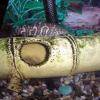 YoYo
YoYo 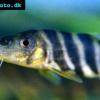 Bengal
Bengal 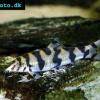 Burmese
Burmese 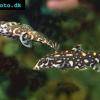 Myanmar
Myanmar 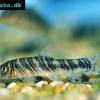 Zebra
Zebra 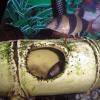 Clown
Clown  Dojo
Dojo 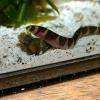 Kuhli
Kuhli  Loach
Loach 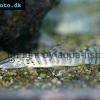 Tiger
Tiger 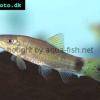 Tailspot
Tailspot 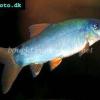 Blue
Blue